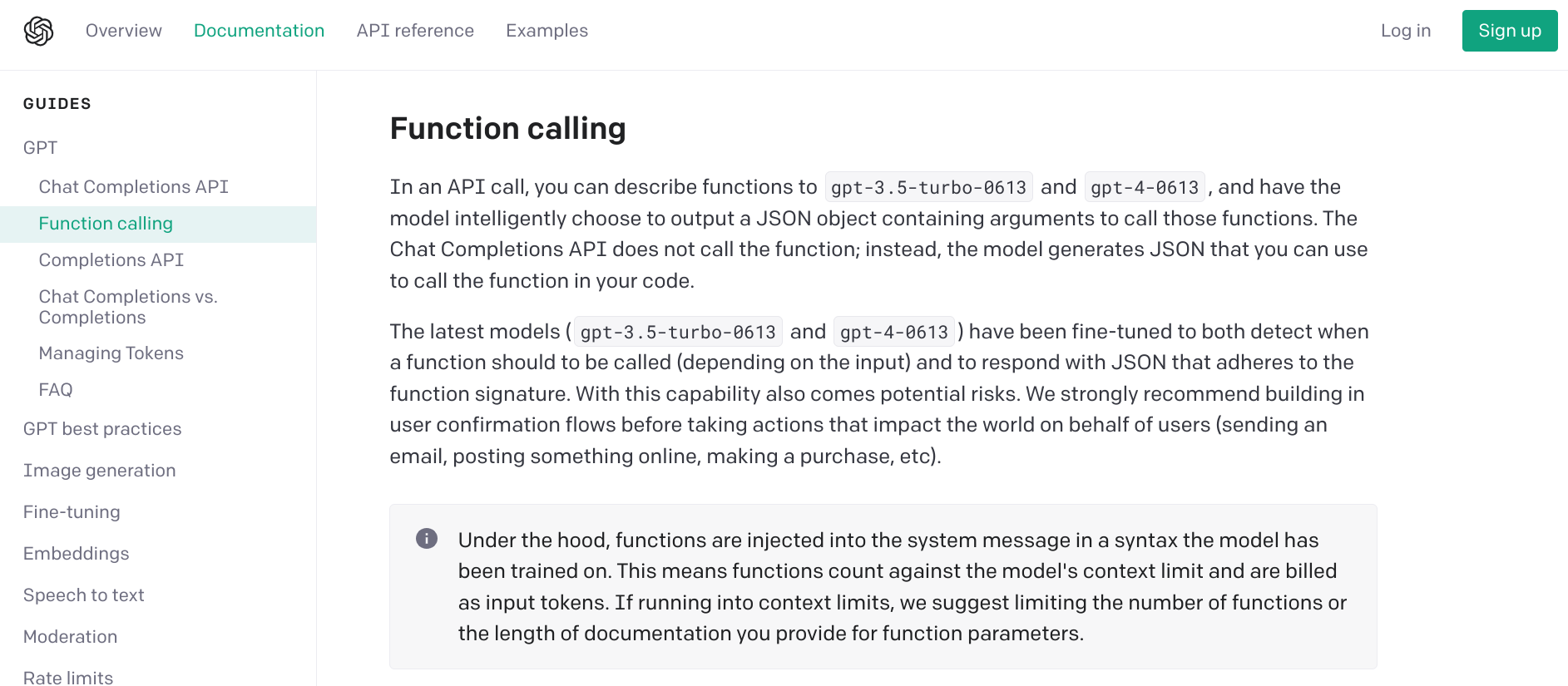Hello, despite being in the latter half of September, it is still quite hot in Japan. The photos feel mismatched, but I'm deliberately sticking to the autumn theme, hoping it will get cooler soon. However, it might stay hot for the rest of the month.
Now, about the fine-tuning of ChatGPT-3.5 that I introduced the other day, it's certainly a hot topic. I think there is a strong demand in companies to specialize its performance for specific tasks. For this reason, we conducted an experiment assuming cases where you would want to proceed even without data at hand by generating synthetic text and then fine-tuning it.
Experiment Details
Just like the previous experiment, we set a task to determine which financial product a given English-language complaint is about. They are complaints for the banking industry, so the task involves differentiating between six types of financial products such as mortgages and bank accounts. The data used for fine-tuning was minimal, with 100 samples for validation, just like last time. However, the training data is different this time. We generated customer complaint emails using GPT-4, and they are indistinguishable from real ones at a glance. GPT-4's performance is indeed impressive. We generated 15 similar customer complaints for training and then proceeded with fine-tuning.
synthetic text generated by GPT-4
2. Experiment Results
Since this was our first time using synthetic text, we were worried about the outcome, but we were able to confirm the effectiveness of fine-tuning as follows. Though the improvement isn't dramatic with just 15 samples, the accuracy for this task has improved compared to the base GPT-3.5, which had an accuracy of 0.5 to 0.55.
For more details on the experiment, please refer to this notebook.
3. Discussion
Fine-tuning with synthetic text was a method not even considered before, but with the arrival of GPT-4, it's becoming more realistic. There are several points to consider, such as the number of samples and how to write prompts, but the advantage of being able to start even without data is significant. Currently, GPT-4 is the only option for generation models, but it seems like new models like Gemini from Google will also be available next year. Technology is advancing rapidly, so we can expect a lot more in the future.
So, what did you think? We will continue to conduct various experiments and share our findings here. See you again soon!
Copyright © 2023 Toshifumi Kuga. All right reserved
Notice: ToshiStats Co., Ltd. and I do not accept any responsibility or liability for loss or damage occasioned to any person or property through using materials, instructions, methods, algorithms or ideas contained herein, or acting or refraining from acting as a result of such use. ToshiStats Co., Ltd. and I expressly disclaim all implied warranties, including merchantability or fitness for any particular purpose. There will be no duty on ToshiStats Co., Ltd. and me to correct any errors or defects in the codes and the software.




























